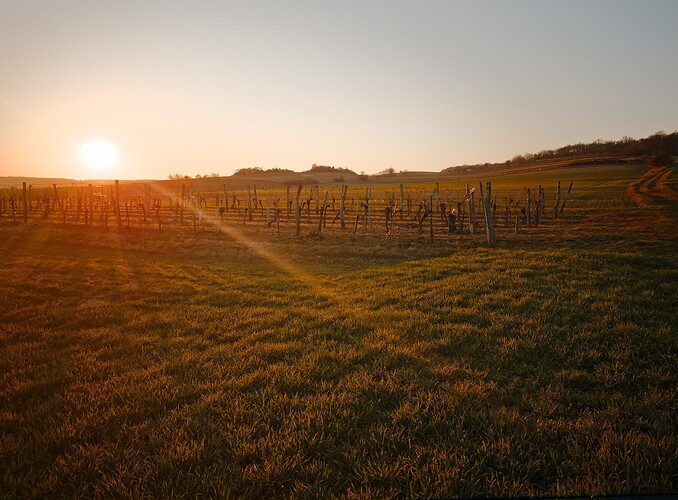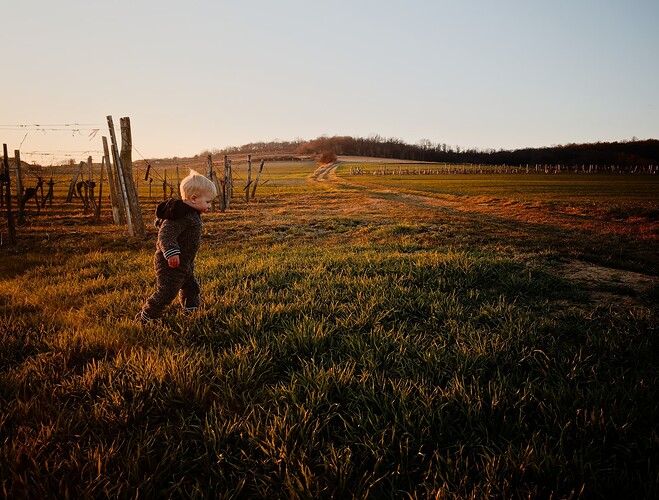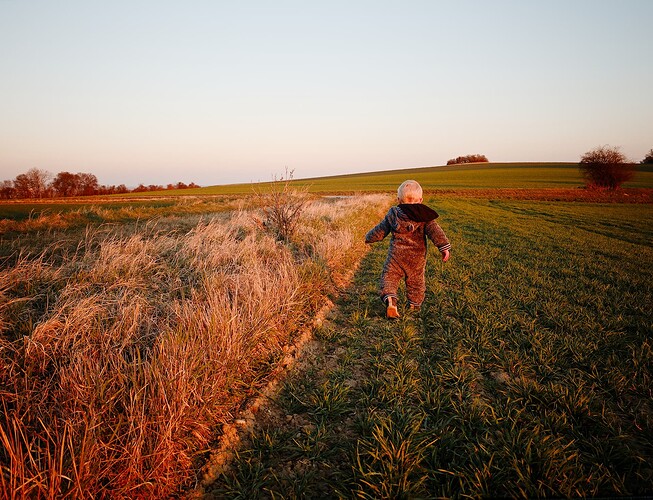Gentlemen, please read the linked article. All the details about how to change the Camera Model with MetaImage and to what to change it are there. I did post here the results with other phones. In resumé, post changed the iPhone 11 offers near perfect compatibility, the iPhone 12 DNG can be worked with with some limitations, iPhone 13 DNG won’t open up at all, throw an error.
Pity, as iPhone DNG processed in PhotoLab can be awesome. From my iPhone 11 Pro Max:


